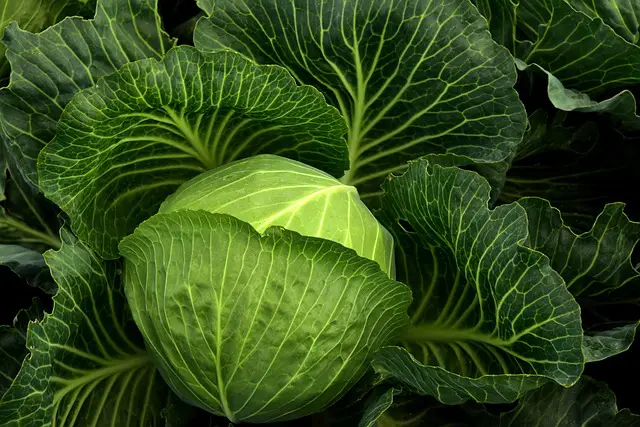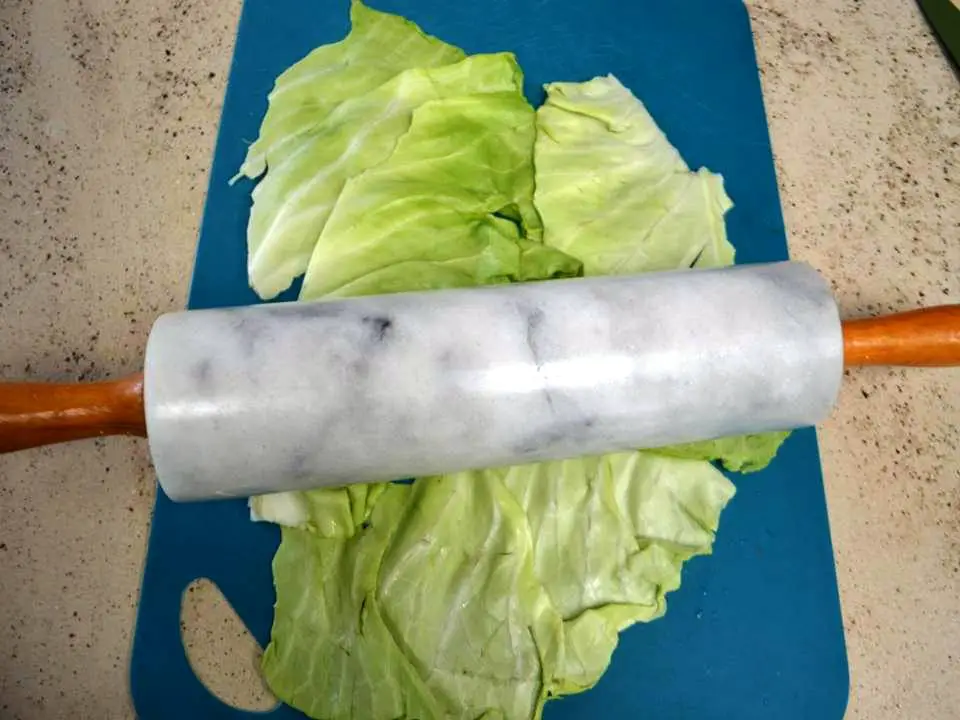Estimated reading time: 6 minutes
When you go to the doctor today, if you can afford to, you’re usually treated to a quick visit that costs you an arm and a leg. You pay a bunch of money for medicines that cause one side effect or another. Wouldn’t it be nice to take care of your sprains, strains and even swelling at home for just a couple of dollars?
Natural medicine is growing in popularity. People are throwing it way back to the days when doctors were scarce and there was no such thing as an emergency room. Our grandmas learned how to cure what ailed their families from their grandmas. Most of the time, their concoctions were put together from what they had in their kitchens or whatever wild plants grew outside the front door.
Think about the state of our world and what the future may look like. It’s a wise idea to get familiar with natural medicines that can be used for illness and first aid when you don’t have the option of seeking medical treatment from a doctor.
Want to save this post for later? Click Here to Pin It On Pinterest!

One handy little vegetable that used to be a cure for just about everything has been reduced to coleslaw. People nowadays don’t know how amazing cabbage is and we’re not talking about the taste. Cabbage is an amazing remedy for everything from joint pain to digestion to a nursing mother’s relief from painful mastitis.
In this article, we’re going to show you how to use a head of cabbage to take care of an arthritic knee. You can apply the cabbage wrap to your wrist, elbow, knee or whatever ails you.
Gather Your Tools

It doesn’t take much to make a cabbage bandage.
- Head of cabbage, red or green
- Rolling pin
- Plastic wrap
- Gauze or an ACE bandage
- Cutting board if you choose and a sharp knife
Prepare Your Cabbage
Slice or peel off a few cabbage leaves and wash them.

Cut out the thick white veins in the leaves. Pat the leaves dry with a paper towel. The cabbage can be straight out of the garden or from the fridge. There are some that suggest warm cabbage leaves are better. It’s more about personal preference.

Bruise the Cabbage
Use your rolling pin (you can use a glass, jar or even a mallet) to bruise the cabbage. You want to roll over the leaves but not macerate them. You’re bruising the cabbage to get the leaves to release the juices. You should hear a nice crunch as you roll. If you’re using a mallet, be gentle.

Notice the dark portions on the leaves from being ‘bruised.’

Wrap the Joint
Place the bruised leaves over the sore area. You only need a couple of leaves. If you’re wrapping a larger area, you might need three leaves.

Cover with Plastic Wrap
Use plastic wrap to go over the leaves to hold them in place and retain the juices inside. Don’t make the wrap too tight. The wrap should cover the leaves and a couple inches on the top and down to keep the juices in. You don’t want the wrap so tight your skin suffers.

Wrap with Elastic Bandage or Gauze
This step isn’t absolutely necessary, but it can help keep the cabbage in place. It also hides the fact you’re wearing cabbage if you do happen to answer the door or go into public. If you don’t use an outer wrap, you will want to use some tape to keep the plastic from loosening and falling away while you’re moving around or asleep.

You will want to try and keep the cabbage bandage on for a few hours. If you can keep it on overnight, that’s even better. Using cabbage for swelling and joint pain is so effective, it’s actually been studied. One study compared four weeks of cabbage wraps on osteoarthritis to a common topical ointment. The latter had very little improvement while the cabbage wraps were more effective.
Cabbage is packed with anti-inflammatory properties that can help reduce swelling caused from injury or arthritis. This is true for many cruciferous veggies, but it would be difficult to wrap your knee with broccoli. The next time you sprain your ankle or that bad knee acts up, reach for cabbage instead of ibuprofen.
Like this post? Don't Forget to Pin It On Pinterest!
You May Also Like:









